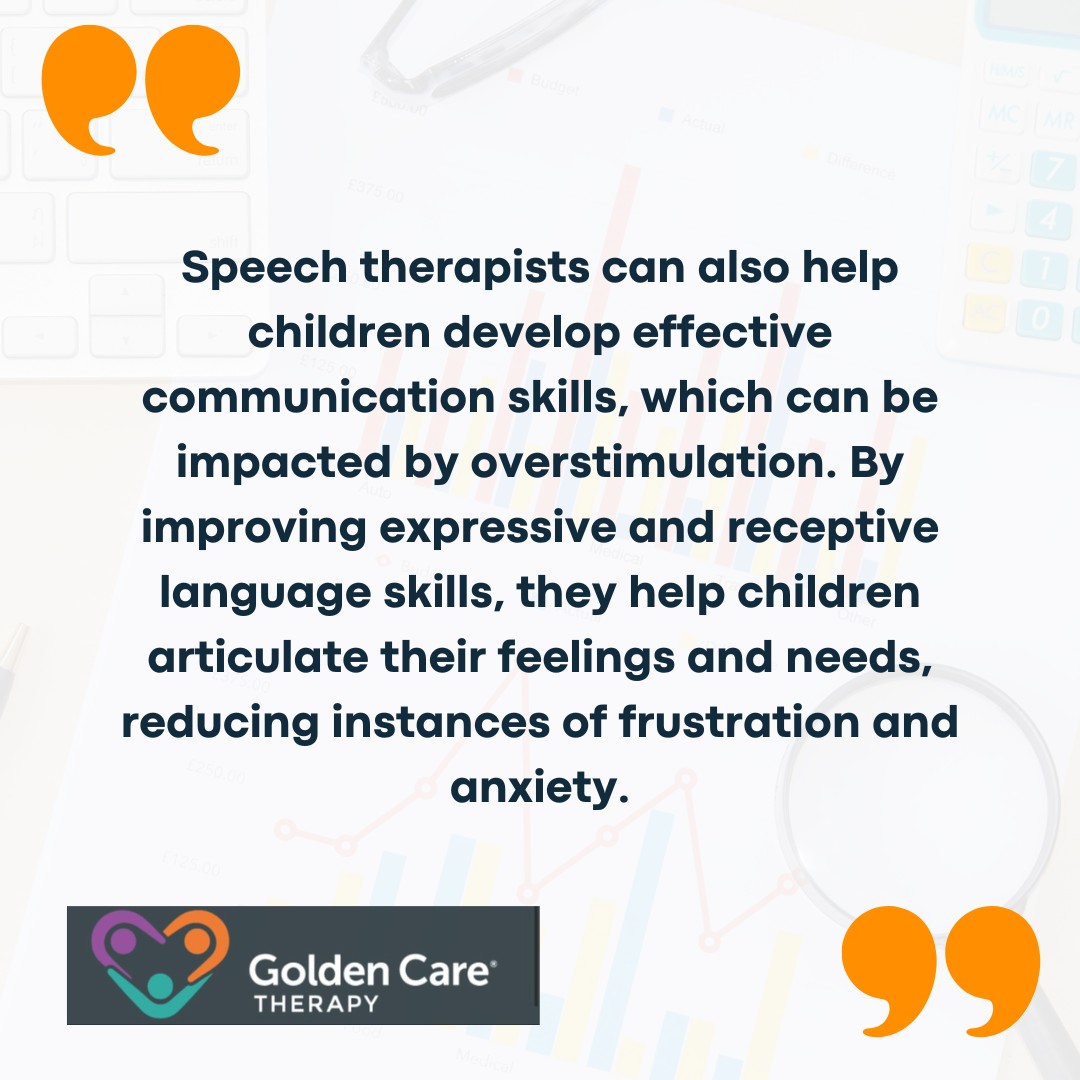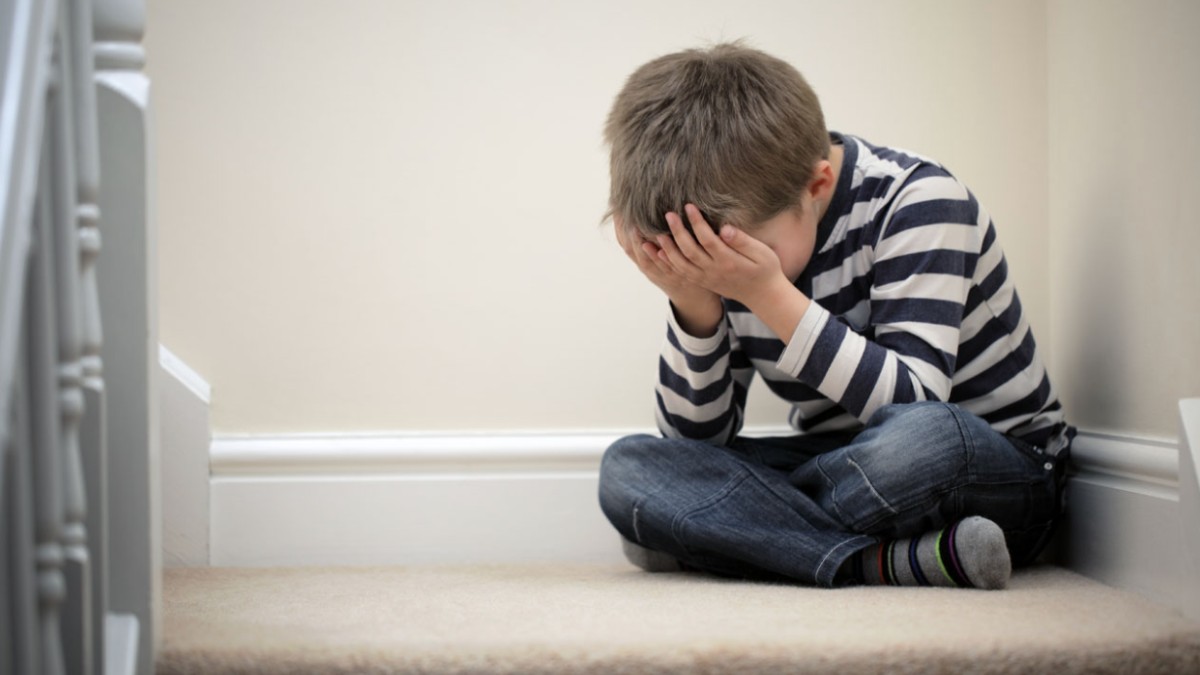Children with autism often experience the world in a way that’s more intense and overwhelming than their neurotypical peers. Everyday sounds, lights, textures, or even social interactions can quickly become too much, leading to sensory overstimulation.
Once this happens, it can affect their behavior, mood, and ability to function. Recognizing the signs of overstimulation is the first step in helping your child find calm and comfort. That said, let’s explore the common signs to look out for and share practical strategies to manage and prevent sensory overload before it takes over.
Signs of Overstimulation in Autistic Children
Recognizing the signs of overstimulation in children with autism is essential for timely intervention and effective support. The signs can be categorized into behavioral and physical indicators.
Behavioral signs of overstimulation can manifest in various ways. These behaviors may signal that a child is feeling overwhelmed and requires assistance.
Here are some examples:
- The child may become irritable or exhibit heightened emotional responses.
- They might retreat into themselves, preferring to isolate rather than engage.
- Sudden outbursts of anger or distress can occur, often resulting from overwhelming stimuli.
- Increased repetitive motions or vocalizations may be observed as a coping mechanism.
- Challenges in concentrating on tasks or conversations may arise.
In addition to behavioral signs, there are physical indicators that may suggest a child is experiencing overstimulation. Recognizing these signs can aid caregivers in providing necessary support.
Such examples include the following:
- Breathing may become quick or shallow as the child reacts to overwhelming stimuli.
- An elevated heart rate may indicate stress or anxiety linked to overstimulation.
- The child may exhibit excessive perspiration in response to stress.
- Notable muscle tightness or rigidity can arise as a response to sensory overload.
- The child might physically tense up, indicating discomfort and stress.
Understanding these signs helps parents and caregivers respond effectively to the needs of children experiencing sensory overstimulation. Identifying both behavioral and physical indicators is crucial for developing tailored strategies to support the child.
Strategies for Managing Overstimulation
Managing overstimulation in children with autism requires thoughtful strategies that accommodate their unique sensory needs. These approaches can create a supportive environment and help mitigate overstimulating experiences.
For starters, creating sensory-friendly environments is a vital strategy in managing overstimulation. These spaces are designed to reduce sensory overload and provide a comforting atmosphere for children.
Deep pressure therapy can also be beneficial for children experiencing overstimulation. This technique involves applying firm pressure to the body, which can help calm the nervous system.
Then there are visual supports, which are useful tools for children with autism, helping them understand their environment and routines. These aids can reduce anxiety and overstimulation by providing clear expectations.
Implementing these strategies can significantly contribute to creating a calming environment for children with autism, helping them navigate the challenges associated with sensory overstimulation. For a deeper insight, check out Understanding Whether SPD is Linked to Autism Diagnosis, which explores how sensory processing issues relate to autism and why tailored approaches matter.
Support from Professionals
Engaging with professionals can significantly benefit children experiencing overstimulation due to autism. Various specialists provide tailored strategies and support to help manage sensory challenges.
Occupational therapists (OTs) play a vital role in addressing sensory issues by assessing the child’s sensory processing abilities. They work closely with families to develop individualized plans that enhance daily living skills and improve the child’s ability to cope with overstimulation.
Meanwhile, behavior specialists focus on understanding and modifying challenging behaviors associated with overstimulation. They apply various behavioral strategies to help children learn appropriate responses to overwhelming situations.

Support from these professionals can be integral in helping children with autism navigate overstimulation effectively. They provide valuable resources and strategies to both children and their families, making daily life more manageable and enjoyable.
Self-Care for Parents and Caregivers
Caring for a child with autism can be challenging, especially when managing overstimulation in children with autism. Parents and caregivers need to prioritize their own well-being to provide effective support.
Respite care allows parents and caregivers to take necessary breaks while ensuring their child is in a safe environment. This type of care can provide temporary relief from the daily challenges associated with caring for a child with autism.
Parents and caregivers should also recognize the importance of self-care. Taking care of one’s own physical and emotional health helps in managing stress levels and enhances the ability to support a child effectively.
Meanwhile, support groups can offer a valuable network for parents and caregivers. Sharing experiences and strategies with others facing similar challenges provides emotional support and practical advice. Many groups focus specifically on autism and sensory issues.
With the help of these self-care strategies, parents and caregivers can better manage the challenges of caring for a child with autism, reducing feelings of overwhelm and enhancing their ability to support their child effectively.

Conclusion
Understanding and managing overstimulation in children with autism starts with recognizing the signs and responding with care and thoughtful strategies. By creating sensory-friendly environments, seeking support from professionals, and practicing self-care, families can build a more peaceful and supportive space for their children.
With patience, knowledge, and the right tools, it’s possible to ease the effects of sensory overload and help autistic children thrive. At Golden Care Therapy, we provide compassionate, results-driven ABA therapy tailored to each child’s needs.
Whether you’re looking for an experienced ABA therapist in Indiana, New Jersey, New York, Georgia, or Florida, we’re here to walk with you every step of the way. Our team is dedicated, highly trained, and deeply committed to helping your child build confidence and independence through personalized support. If you’re ready to make meaningful progress, contact us today and discover how we can support your family’s journey.
Sources:



